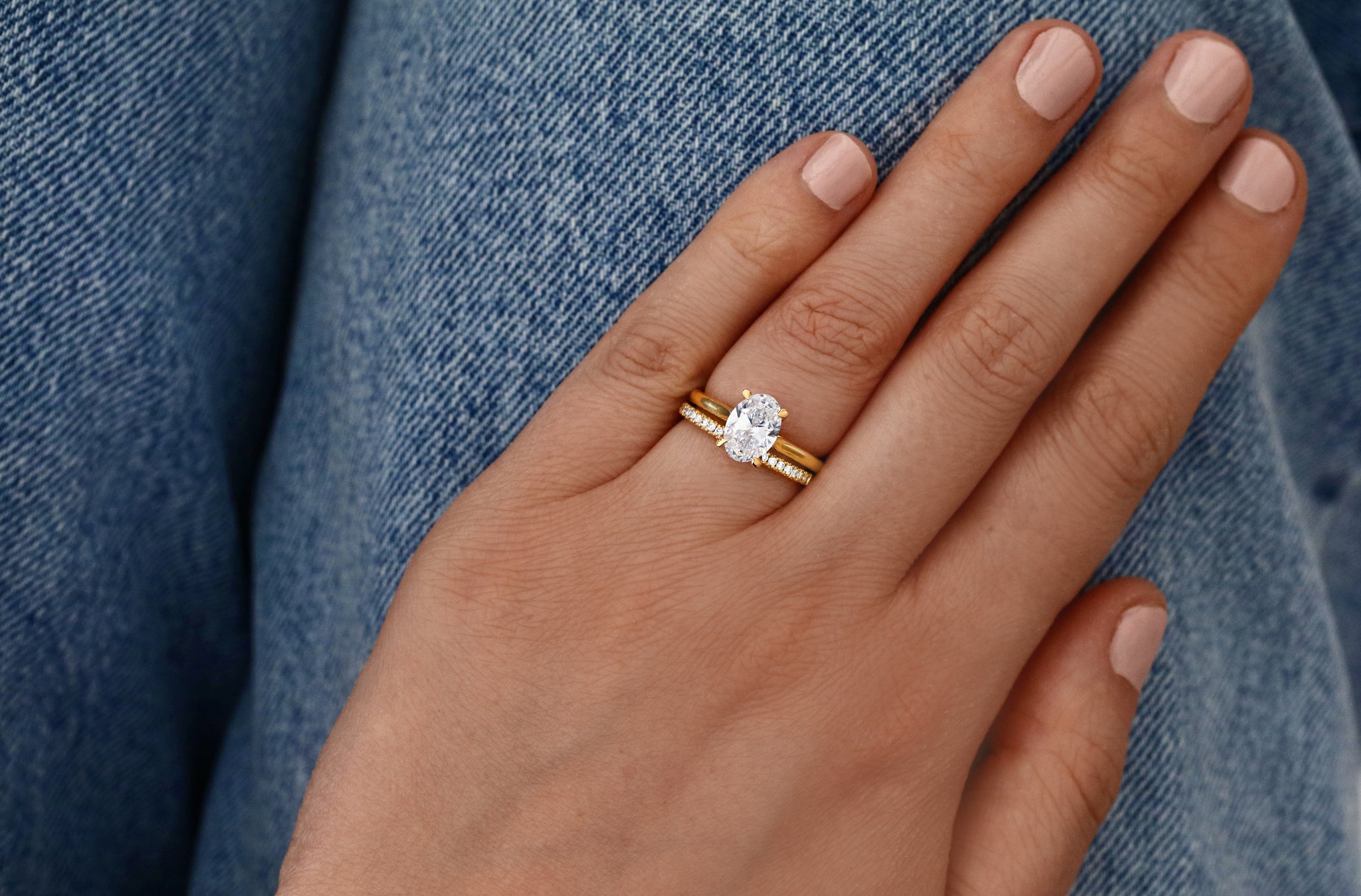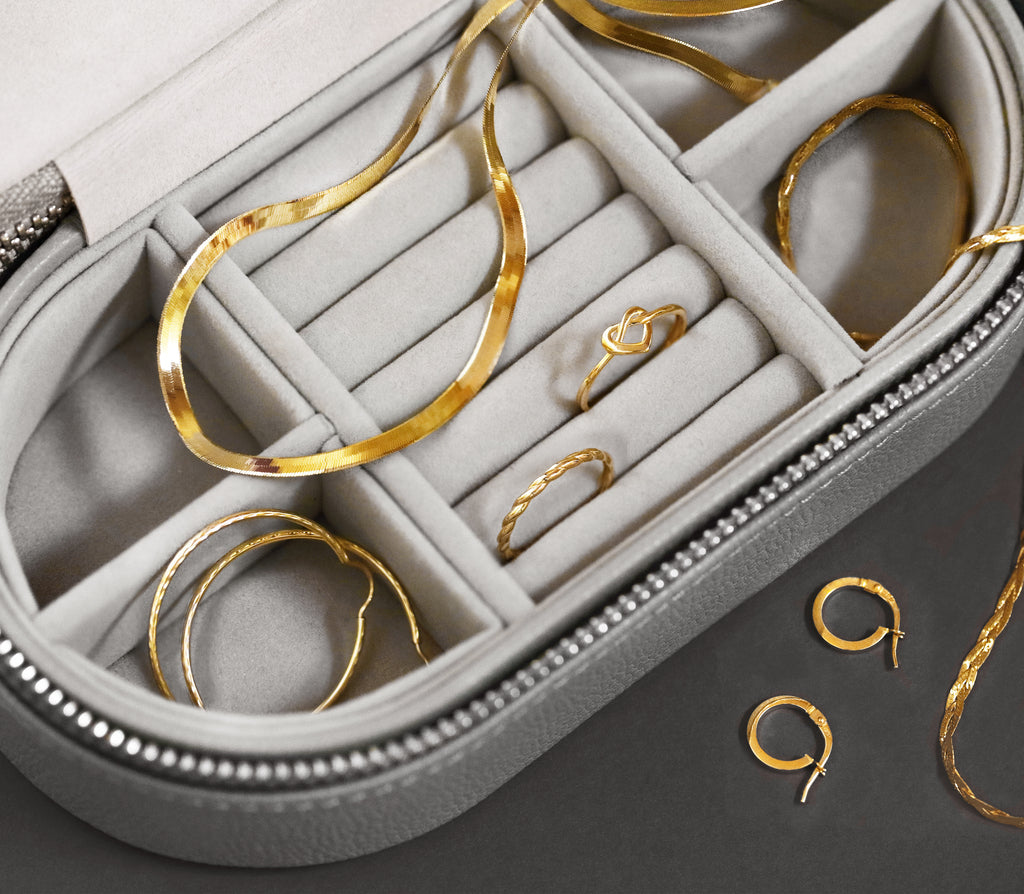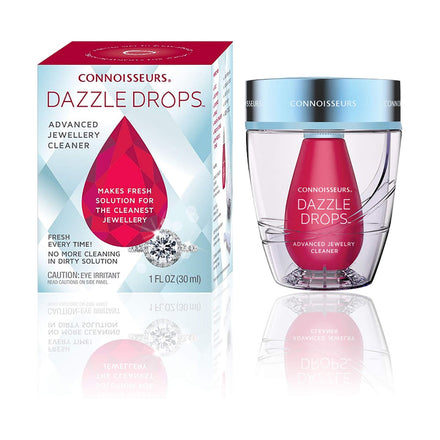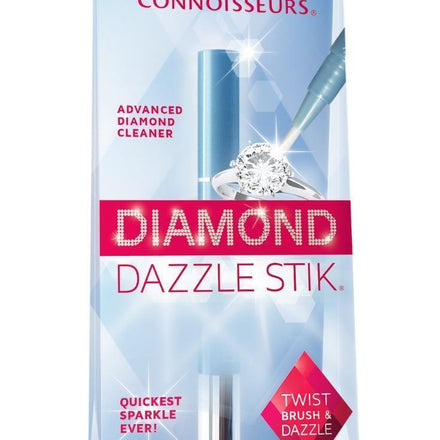Whether looking for an engagement ring, a new pair of earrings or the perfect pendant you may have noticed the phrase ‘lab grown’ popping up more and more in your search. Recently the popularity of lab grown diamonds has greatly increased but with that comes a host of questions: what is a lab grown diamond? And why should you consider this as an option?
We’re about to answer all of your burning questions, so you’re ready to make an informed decision on your next diamond purchase.
What is a lab grown diamond?
A lab grown diamond is a diamond that has been curated in a laboratory setting rather than naturally mined from the earth. The lab imitates the exact same pressure, temperature and chemical vapour deposition needed for a diamond to form, just in a controlled environment. The outcome is the exact same - a diamond that is 100% crystallised carbon. Therefore, the only difference is the diamonds origin.
A lab grown diamond is not to be confused with cubic zirconia, moissanite, or a ‘look-a-like’ diamond, all of which have completely different chemical compositions to an actual diamond. Lab grown diamonds are diamonds.
The advantages of buying a lab grown diamond
So what is the advantage of a lab grown diamond? one of the key reasons for choosing a lab grown diamond over a natural one is the price. As laboratory grown diamonds are more accessible and can be created on demand (unlike their natural counterpart) they often have a much lower price tag. This often allows you to choose a larger carat or higher quality diamond without increasing or going over your budget.
At Browns we pride ourselves on picking the best lab grown diamonds, with a colour grading of DEF and a VS+ clarity we offer guaranteed wow factor. All of our lab grown diamond engagement rings come certified by IGI, a recognised and respected diamond expert.
The similarities and differences between lab grown and natural diamonds
Need a little more detail on the similarities and differences between the two types of diamond before coming to a decision? Below, we’ve compared some of the more technical characteristics of a diamond:
Lab Grown |
Natural |
|
Appearance |
Identical visually. | Identical visually. |
Clarity |
Just like us diamonds have natural fingerprints or birthmarks, Our lab grown diamonds are VS+ Clarity. This means you cannot see the inclusion with the naked eye. | At Browns we offer a VS2/SI1 clarity. A high clarity where you would need a 10x microscope to see any inclusions. |
Affordability |
Can be up to 40% cheaper than natural diamonds, allowing you to get a larger diamond for your budget | More expensive than lab grown, but hold their value better. |
Colour |
Browns Lab diamonds come in a DEF quality, this means we choose from the top three colours available. | Our Natural diamonds offer a G/H + |
Hardness (Mohs) |
10 | 10 |
Formation |
100% Carbon | 100% Carbon |
Quality |
Assessed using 4C’s | Assessed using 4C’s |
Certification |
Our Lab grown engagement rings come fully certified. | Our Natural engagement rings come fully certified. |
From our chart, it is clear to see that many of the qualities that make natural diamonds desirable are also found in every lab grown diamond, and it is impossible to tell the difference between the two with the naked eye.
If you’re ready to take the plunge with a lab grown diamond, at Browns, we offer a range of lab grown diamond jewellery pieces, including an extensive collection of lab grown engagement rings. click here to see our full collection.
We hope this blog has helped answer any questions you may have surrounding lab grown diamonds and their similarities and differences to mined diamonds . If you still have any questions on lab grown diamonds, or want to talk about our selection in more detail, our experts are always on-hand to help.
Alternatively, if you are looking to craft your dream lab diamond piece our bespoke design option may be perfect for you.










